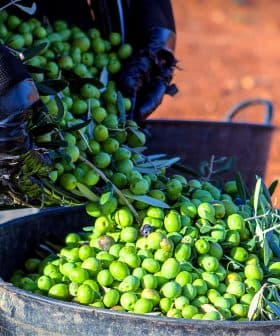Acesur CEO Highlights Andalusia's Key Role in Sector's Future
Gonzalo Guillén believes production capacity is the limiting factor to increase olive oil consumption and Andalusia remains best positioned to expand the market.
 Acesur is the largest olive oil bottler in Spain, says CEO Gonzalo Guillén. (Photo: Acesur)
Acesur is the largest olive oil bottler in Spain, says CEO Gonzalo Guillén. (Photo: Acesur) Over 180 years, Acesur has grown to become one of the world’s largest olive oil producers and exporters, playing a key role in expanding Spanish olive oil exports outside of Europe. The company’s chief executive, Gonzalo Guillén, anticipates continued growth in the United States market and global olive oil consumption, driven by increased production and rising awareness of olive oil’s health benefits.
Over 180 years, Acesur has grown from a small family business in Seville to one of the world’s largest olive oil producers and exporters.
According to research from the Pablo de Olavide University of Seville, the company, founded by the Luca de Tena family in 1840, played a pivotal role in expanding Spanish olive oil exports outside of Europe.
This industrial revolution in the production basics of harvesting and milling has resulted in an impressive increase in quality.
In the wake of mass migration from southern Europe to the Americas in the early and mid-20th century, Acesur was one of the leading Spanish companies shipping its olive oil abroad to Andalusian expatriates and their newly established businesses. Later, the company pioneered shifting from bulk to individually packaged and branded exports.
Over nearly two centuries, Acesur has remained firmly in the family. In more than 35 years at the company, as export director and then as chief executive, Gonzalo Guillén has presided over significant growth. He remains bullish about the company’s future, Andalusian olive oil production, and a growing global olive oil culture.
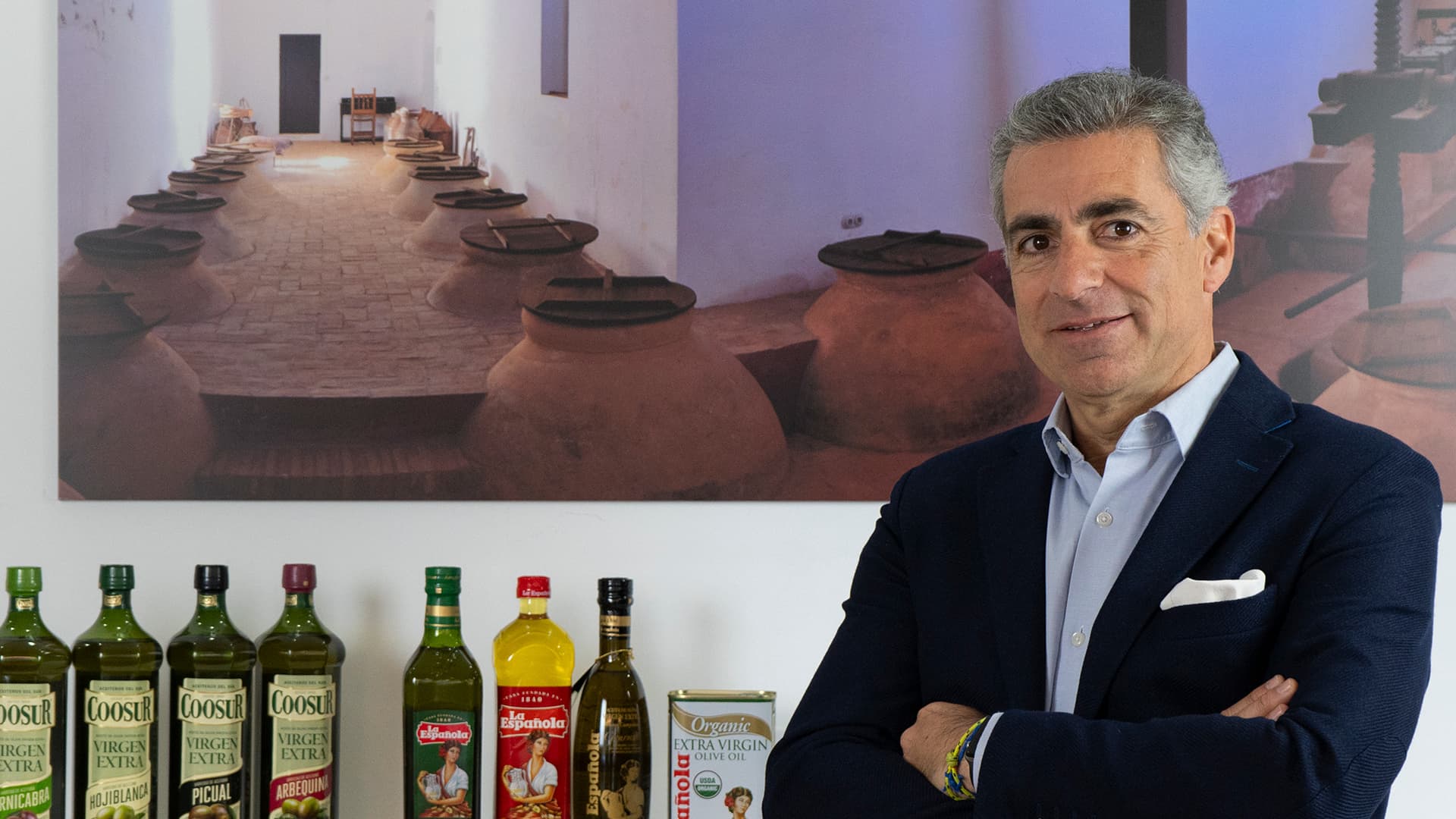
Gonzalo Guillén started at Acesur in 1990 with the mandate to expand exports. (Photo: Acesur)
While a career at Acesur was almost certainly a given, Guillén joined unexpectedly while entering university. After finishing high school, during which he studied for one year in the United States, Acesur’s elderly international sales director died.
“When I returned to Madrid, my father told me that I would be starting university, but I also had to work,” Guillén told Olive Oil Times.
Since he already spoke English, his father assigned him to the international sales department to increase the company’s exports.
“At the time, Acesur practically was not exporting olive oil; just a few shipments to some Arab countries and a little bit to the United States,” Guillén said.
See Also:Goya Spain GM Says the Global Olive Oil Sector Potential Lies with Young ConsumersTo improve Acesur’s ability to export, Guillén visited many new and emerging olive oil markets in the early years to forge relationships with potential clients, learn about the culture and conduct consumer studies.
“Little by little, we formed a distinct strategy in each country,” Guillén said. “And we grew slowly but steadily until now we’ve entered more than 100 countries.”
Indeed, over the past 35 years, exports from Acesur and other Spanish companies increased dramatically.
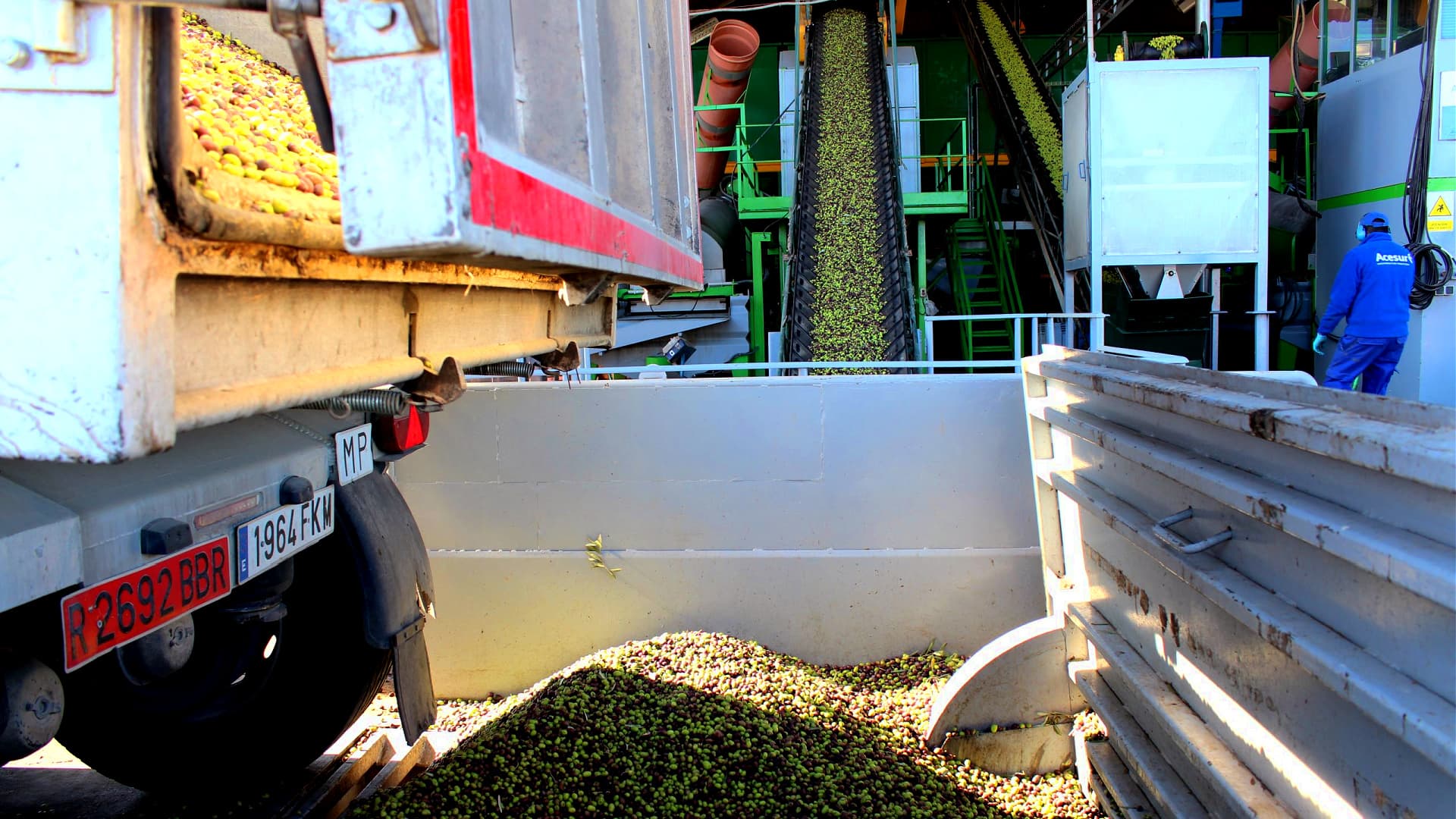
Guillén believes that expanding production capacity will ultimately grow consumption and a global olive oil culture. (Photo: Acesur)
According to International Olive Council data, Spain exported just 65,800 tons outside the European Union in the 1990/91 crop year compared with the 467,500 tons exported in 2021/22.
“Olive oil consumption has democratized,” Guillén said. “There are so many more consumers all over the world now.”
Since 1990/91, olive oil consumption has risen dramatically from 1.67 million tons to 3.33 million tons in 2021/22. Over this period, significant increases have occurred in China, from virtually no olive oil consumption to 42,500 tons in 2022/23.
Similarly, olive oil consumption has risen dramatically in Australia, Brazil, Canada, Germany, Japan, Turkey and the United Kingdom.
However, the most significant growth has been in the United States, with consumption growing from 88,000 tons in 1990/91 to 412,000 tons in 2021/22.
Despite record high olive oil prices at origin after a second consecutive below-average global harvest in 2023/24, Guillén anticipates demand in the United States to continue to grow.
“It is possible that the United States will become the largest olive oil consumer this year, something we never would have thought,” Guillén said.
As a result, Acesur has invested heavily in the U.S., opening a commercial office in New York City more than a decade ago, followed by a bottling and distribution center in Virginia in 2020 and the purchase of more than 350 hectares in California to plant a super-high-density grove late last year.
“The United States is the main olive oil consumption market where there is much more potential to grow volume,” Guillén said. “It is a market that allows for a lot of innovation. It is a market where the margins are not so tight because there is a lot of competition from supermarket chains in many states and areas.”
He added that despite less recognition of the brand compared to emerging markets in Asia, the United States remains “a market that offers much more opportunity than any other.”
Fundamentally, rising consumption in the U.S. and the rest of the world results from a significant global production increase, especially in Spain.
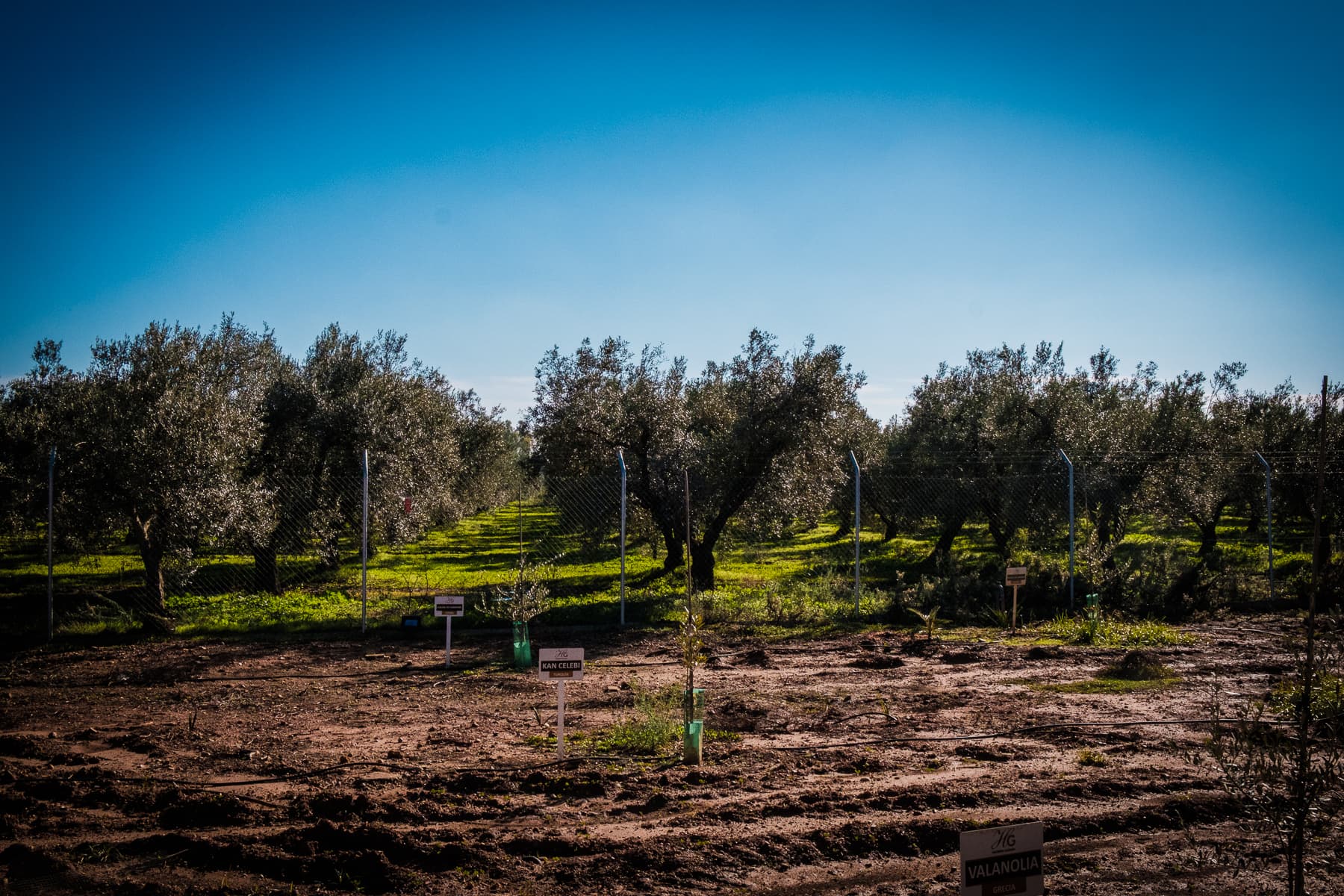
Acesur manages more than 2,000 hectares of super-high-density olive groves and four modern mills across Andalusia. (Photo: Acesur)
“We’re currently in a very bad situation, with production only expected to reach 700,000 tons again,” Guillén said. “However, Spain has the capacity to produce two million tons of olive oil.”
Buoyed by Spain, analysts expect global olive oil production to reach four million tons annually by 2050, and Guillén believes that consumption will keep pace.
“In the last 30 years, we have been lucky to produce a product that continues to be in style,” he said, citing the growing body of research demonstrating olive oil’s health benefits and the continual ranking of the Mediterranean diet as one of the world’s healthiest and easiest to follow.
“Virtually all the olive oil produced each year is consumed that year,” Guillén added. “The reason global consumption isn’t higher is because of production.”
In a normal year, olive oil makes up roughly three percent of global edible oil consumption (due to consecutive poor harvests, this figure fell to one percent in 2023). Still, Guillén believes it could easily reach six percent.
As a result, the best way to grow global demand for olive oil is to increase production. While Jaime Lillo, the newly-minted executive director of the International Olive Council, believes production expansion will mainly occur outside the Mediterranean basin, Guillén believes Andalusia will continue to be ground zero for olive groves and oil production expansion.
“I believe that there is not as much capacity to grow outside the Mediterranean because the weather conditions for olive trees are very limiting,” he said. “Spain is where there is more capacity to grow because there is a lot of land.”
Part of this expanding capacity comes down to what Guillén describes as the olive oil world’s industrial revolution, which has unfolded over the past several decades. “The sector has automated and professionalized a lot over the last 30 years,” he said.
This has been especially the case in Andalusia, where much of the landscape of Spain’s largest autonomous community is defined by super-high-density olive plantations. “They are the future,” Guillén adds.
He argues that cultivating super-high-density olive groves has lowered production costs for farmers by mechanizing the olive harvest. Over this period, olive mills have become more advanced, which has improved quality.
See Also:Future Lies in Specialized, Sustainable Production, Deoleo CEO Says“This industrial revolution in the production basics of harvesting and milling has resulted in an impressive increase in quality,” he said. “Automation means the olives are harvested and transformed in a matter of hours. Every year, more extra virgin olive oil and less olive oil of inferior quality is produced.”
While modern growing and production methods have taken root all over the olive oil world, Guillén argues that Spain is driving the revolution, partially due to its outsized producer role, aided by several factors.
“The first is geography,” he said. “There are vast plains with an adequate Mediterranean climate for olive growing. In Spain, some estates are between 200,000 and 500,000 hectares that can be mechanized, reducing costs significantly.”
Money saved during the growing and harvesting phase can be invested in modern mills and state-of-the-art equipment.

Guillén believes Spain is well-suited to expand production due to its geography, climate and investments in modern mills. (Photo: Acesur)
By contrast, Italy and Greece are more mountainous. As a result, the average size of an olive grove is far smaller, which makes mechanization much more expensive, and there tends to be a larger number of smaller mills.
“We are light years ahead of our competitors,” Guillén said. “In Spain, we have the best technology, factories, control systems and software, and digital traceability systems, as well as the most advanced refineries and the most modern bottling plants with the highest capacity worldwide.”
Along with steadily rising global production, greater awareness of the health benefits of extra virgin olive oil consumption has dramatically increased consumption.
“For almost all consumers in the world, olive oil is an aspirational product,” Guillén said. “People understand it is a more expensive and healthier product than other edible oils.”
However, he added that extra virgin olive oil’s strong flavors have also been a limiting factor in some areas of the world.
“Countries in very northern Europe or Asia have had a harder time getting used to it; they consume it at first more for health than flavor,” Guillén said. “But little by little, consumers are becoming convinced that the flavor is also good.”
Along with convincing consumers to embrace its fruity, bitter and pungent flavors, Guillén sees prices at retail as a limiting factor for expanding olive oil’s appeal, which he cites as another reason that production must increase.
“Now, with 2.7 million tons of production, we see prices of €6 to €9 per kilogram,” he said. “If we return to high production, we will be at €2 or €3 per kilogram.”
However, prices will likely continue to rise before they fall. Due to its status as the world’s largest producer by a wide margin, Spain’s harvest goes a long way in determining global olive oil prices.
Once again, producers and experts anticipate production to reach about 700,000 tons after last year’s decade-low 664,000 tons.
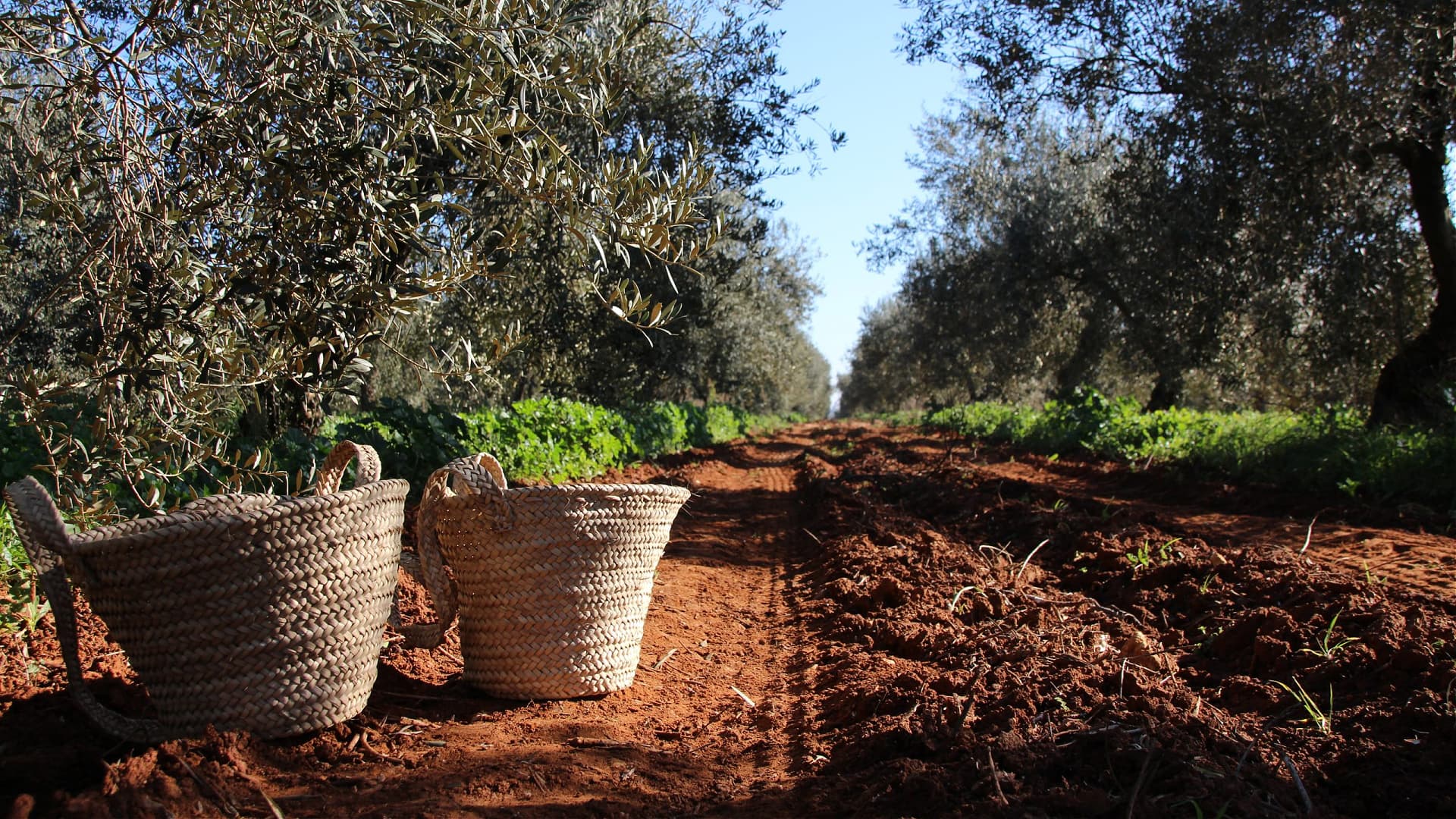
Guillén believes the globalization of the market creates opportunities for producers to experiment with different varieties. (Photo: Acesur)
Guillén said that prices will continue to rise if it does not rain more this winter, and high temperatures negatively impact the flowering period in April and May, as they have done in the previous two crop years.
However, if this were to pass, Guillén does not anticipate prices going much higher than current levels since the following year’s situation would be similar to the current one regarding demand and a lack of olive oil stocks to carry over.
Going hand-in-hand with the problem of prices, Guillén views climate change as a defining challenge facing Andalusian olive oil production.
Rather than being fatalistic about the olive trees’ prospects, he believes a coordinated government response would go a long way in alleviating some of these issues.
“The olive tree is very strong and resistant,” he said. “The only thing missing in Spain is a much more coherent medium and long-term water policy. The problem here now is that all the policies are short-term.”
Guillén believes there needs to be better coordination between the central and regional governments to invest in water infrastructure, which he said has been neglected for the past 30 or 40 years. “The lack of water is absolutely a limiting factor for production,” he said.
Guillén points to the construction of the Alqueva dam in the neighboring Portuguese region of Alentejo, which has transformed the country’s olive oil production capacity and made Portugal one of the world’s largest producers with the potential to eclipse Tunisia and Italy to reach 300,000 tons of production annually.
Despite the challenges faced by Acesur and the olive oil sector, Guillén remains optimistic about the future.
“I am optimistic because the product is not only produced in Spain, it is being produced in more and more places,” he said. “Therefore, the global market is growing, and that, in the end, is good for everyone.”
Share this article









